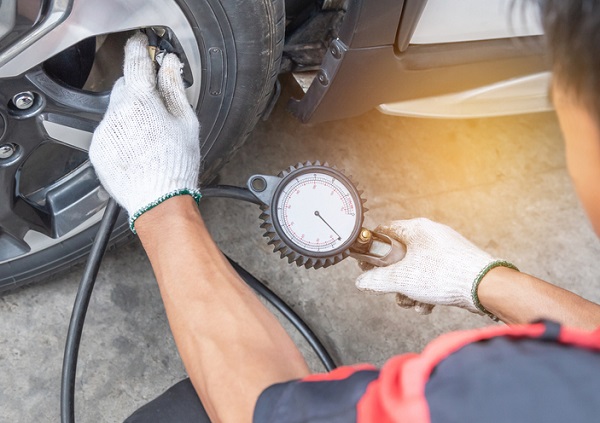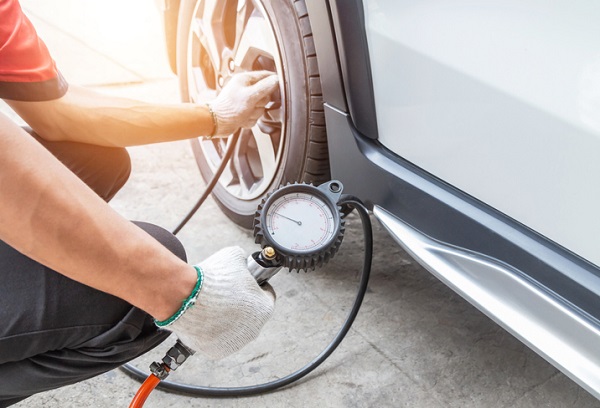A Quick Primer on the Importance of Proper Tire Inflation for Students in Auto Service Training

If you’re interested in finding out what you should know about tire pressure, read on to learn more!
Auto Service Pros Know Tire Inflation Is Important to Vehicle Performance
Tires can wear down over an extended period of time. While an average set of tires can last between three to four years, the amount of inflation in the tires can affect a variety of performance areas such as fuel economy, handling, and braking distance. Your auto service technician course can give you a more in-depth understanding of how to properly service tires to ensure they perform well.
Low tire pressure—also known as underinflation—means that there isn’t enough air to expand all parts of the tire to maintain contact with a driving surface, which gives it an irregular tread. An irregular tread can lead to less responsive handling, as well as poor braking distance, which makes stopping in an emergency or avoiding a sudden collision much more difficult.
A car’s performance can also suffer from overinflated tires. If a tire is overinflated, it won’t sit flat on the road, which causes the centre tread of the tire to wear down due to the uneven weight distribution of the car. This also means that a tire can’t get good grip or traction, which makes for rougher steering and handling. Overinflation can additionally lead to bumps and cracks in the road becoming more exaggerated for all of a vehicle’s passengers.
Auto Service Training Can Help You Determine Proper Tire Pressure
Finding the right tire pressure is an important aspect of ensuring that a vehicle’s tires are being maintained and cared for properly, which leads to a safer, more comfortable ride and also optimizes the natural lifespan of the tires themselves.

Although newer models may come with a tire pressure monitoring system (TPMS), a good-quality gauge is always a useful tool to keep nearby during and after auto service training. While you may be tempted to keep a few varieties around, using multiple gauges may give you widely different readings, so for consistency it’s usually best to stick to one gauge you know to be reliable.
Are you interested in taking the next step towards a career in the automotive industry?
Contact Automotive Training Centres for more information about our auto service college.

